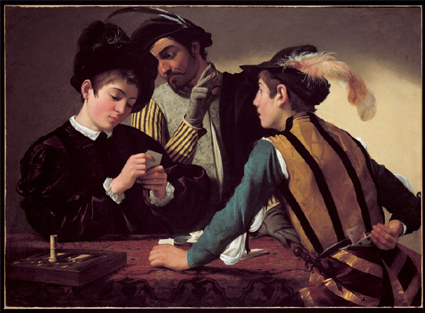At least one Tate sparkled: Moore and Caravaggio were standout exhibitions
2010 was among other things the four hundredth anniversary of the death of Caravaggio, an event marked by a brilliant exhibition of his paintings at the Scuderie del Quirinale in Rome. It was also the year when the riddle of this great but volatile painter’s death finally ceased to be a riddle. The documents containing the sad truth are gathered together and fully explained, for the first time, in my biography Caravaggio: A Life Sacred and Profane. They disclose the name of one of the last men to see Caravaggio alive, namely his boatman, one "P. Alessandro Caramano"; they even reveal the name of his boat, one of history’s crueller ironies: it was called the Santa Maria del Porto Salvo, Saint Mary of the Safe Harbour. In the new year, the Sunday Telegraph’s arts editor, Alastair Smart, will have more on the still breaking story – so to speak – of the "discovery" of Caravaggio’s actual bones. Personally, I remain sceptical ...
2010 was also the tenth anniversary of Tate Modern, although it turned out to be a true annus horribilis for that institution. Overall its programme was woefully weak and its main summer exhibition, "Exposed: Voyeurism, Surveillance and the Camera," was a leading candidate for most ill thought out, poorly displayed show of the entire year. Tate Modern’s one undisputed triumph, Chinese artist Ai Wei Wei’s Sunflower Seeds, has been marred by a health and safety ruling deeming it too dangerously dusty for visitors to walk on as originally planned by the artist. That might be so if thousands of people were to walk on it at once, but if the numbers were to have been limited – 50 at a time, say – there need have been...


